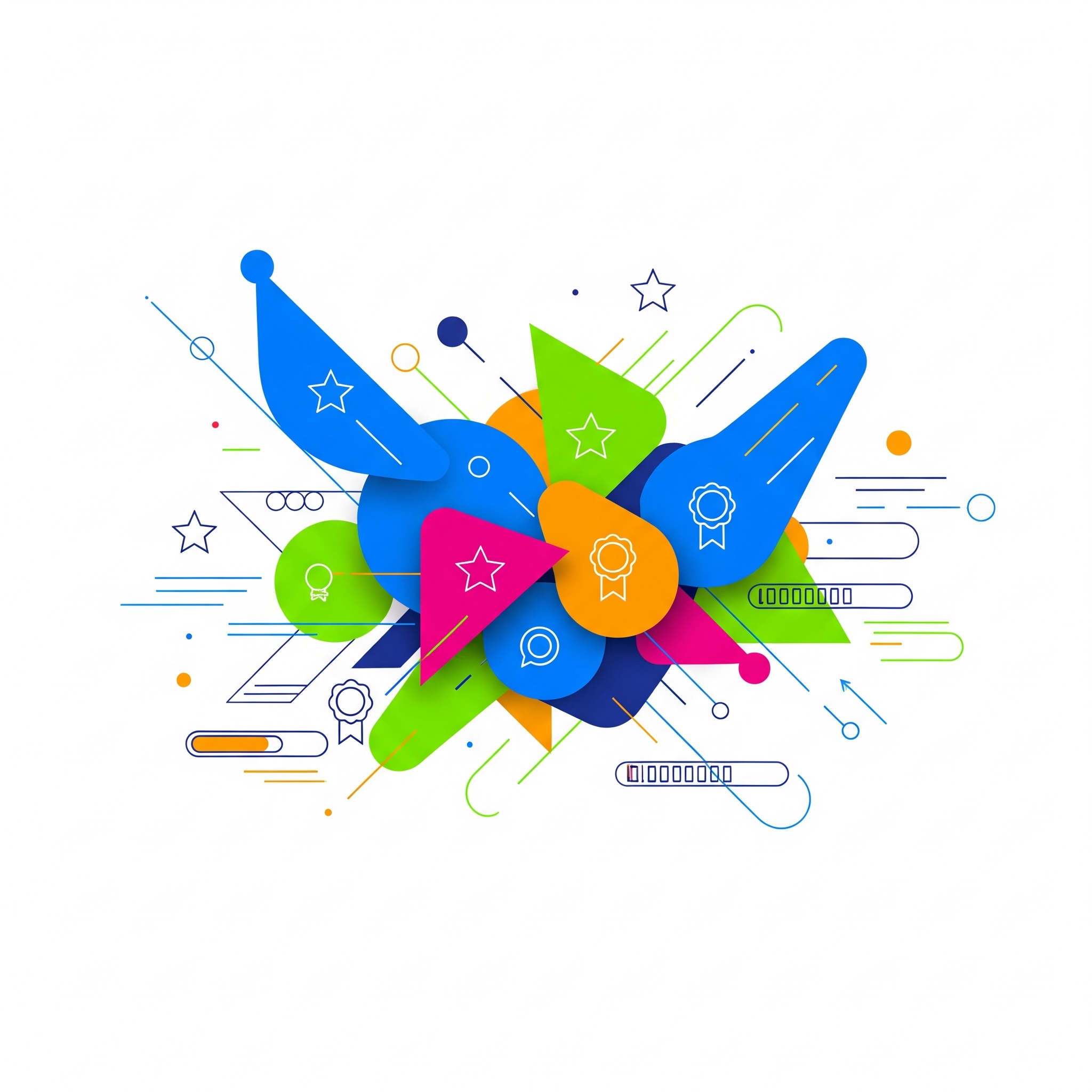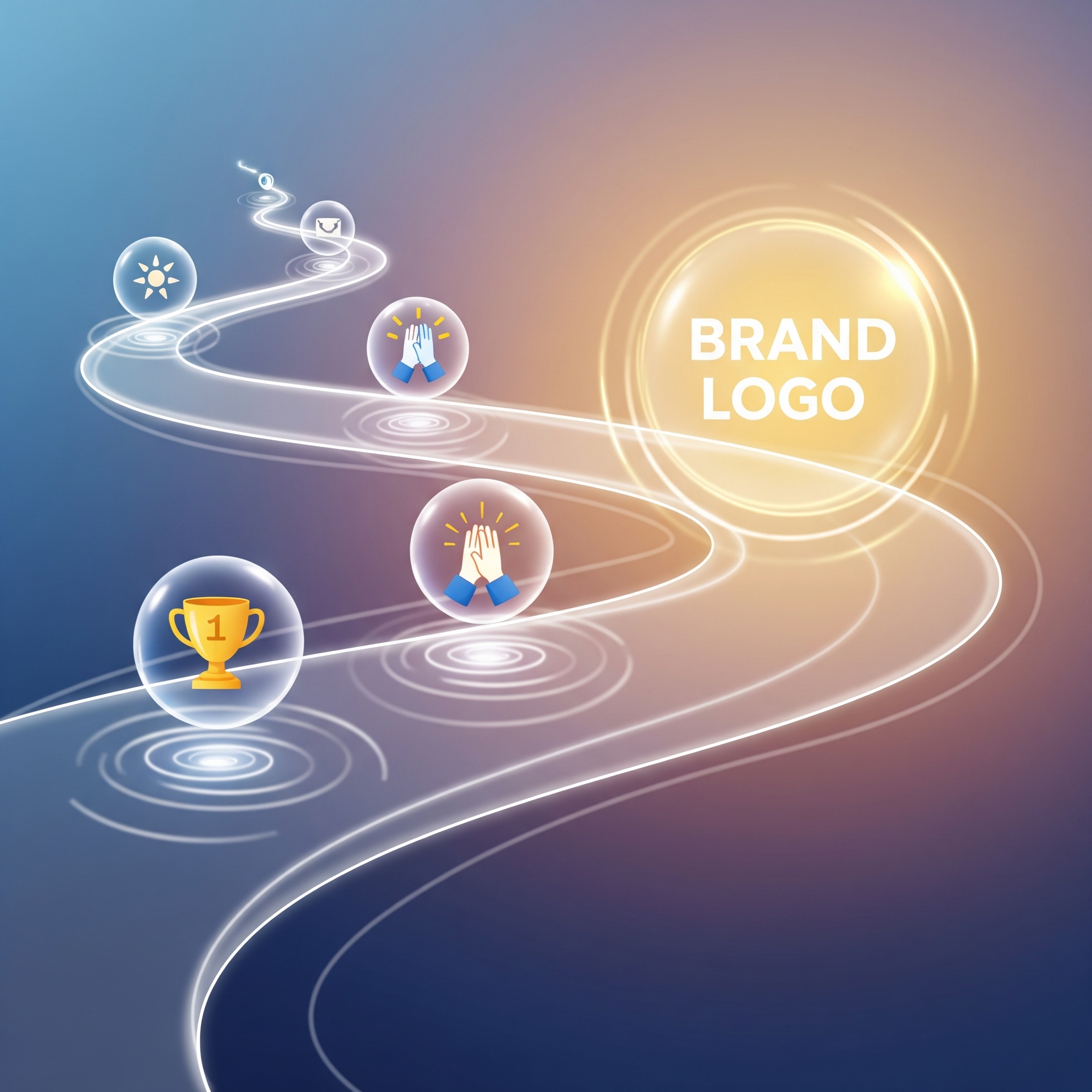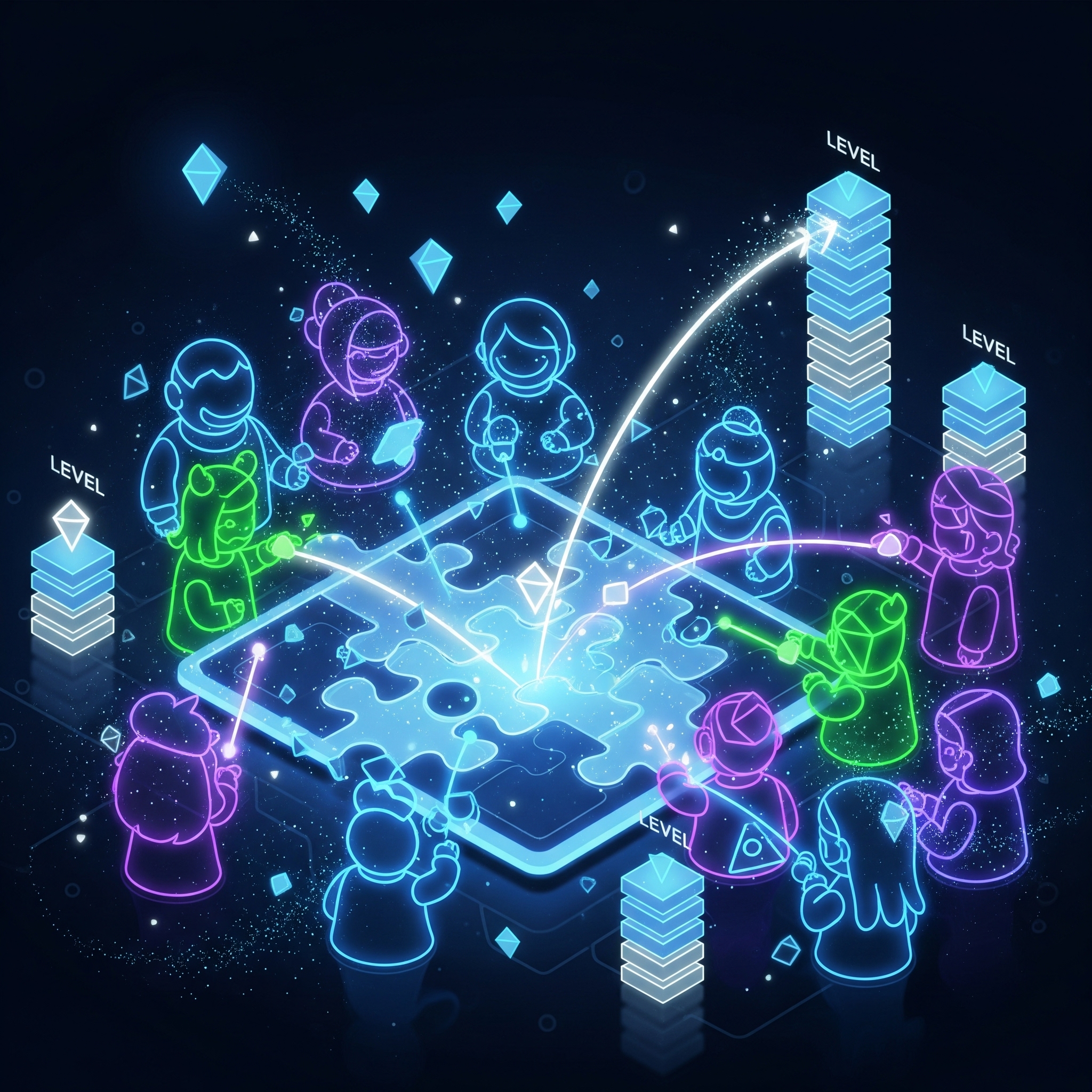In today’s dynamic marketplace, capturing and sustaining audience attention is an ever-evolving challenge. Traditional marketing often falls short in fostering the deep, memorable interactions that build lasting brand loyalty. This is where gamified brand engagement steps in, transforming passive consumers into active participants and passionate advocates.
Imagine a scenario where your brand doesn’t just present information, but invites discovery, challenges its audience, and rewards their interaction. That’s the power of gamification – leveraging game-like elements and mechanics in non-game contexts to drive desired behaviors and cultivate meaningful relationships. It’s about tapping into our innate desire for achievement, competition, and connection.
At PearlQuest, we are constantly inspired by the innovative ways brands are embracing this approach. As a content writer, I’ve had the privilege of observing firsthand how a well-crafted gamification strategy can breathe new life into marketing campaigns, turning mundane interactions into thrilling experiences. We believe that the future of brand communication lies in making it less about broadcasting and more about experiencing.
Why Gamified Brand Engagement is a Game Changer
So, why are so many forward-thinking marketing agencies, brand managers, and CMOs turning their attention to gamified brand engagement? The reasons are compelling:
- Increased Participation and Retention: Gamification inherently boosts user involvement. When there’s a goal, a reward, or a leaderboard, people are more likely to engage and return. Think about loyalty programs that offer points for purchases, or interactive quizzes that unlock exclusive content. These aren’t just one-off interactions; they are pathways to sustained engagement.
- Enhanced Brand Recall and Loyalty: Experiences are more memorable than advertisements. When consumers actively participate in a brand’s narrative through a game or challenge, the brand becomes deeply ingrained in their memory. This fosters a sense of ownership and personal connection, leading to greater loyalty.
- Valuable Data Collection: Gamified experiences provide a treasure trove of data. By observing how users interact with challenges, rewards, and content, brands can gain invaluable insights into preferences, behaviors, and pain points. This data can then inform future marketing strategies, product development, and customer service. For instance, at PearlQuest, we envision developing content frameworks that incorporate interactive elements, allowing us to gather data on user preferences regarding content formats and topics.
- Differentiation in a Crowded Market: In a sea of similar products and services, standing out is crucial. Gamification offers a unique way to differentiate your brand, creating memorable experiences that competitors might not be offering. It signals innovation and a commitment to engaging customers on a deeper level.
The Mechanics of Effective Gamified Brand Engagement
Crafting a successful gamified brand engagement strategy isn’t just about throwing a few points and badges into the mix. It requires thoughtful planning and understanding of your audience’s motivations. Here are some key mechanics that make a difference:
- Points and Rewards: The most fundamental elements. Points track progress, and rewards provide tangible or intangible benefits for achieving milestones. This could be anything from discounts and exclusive access to digital badges and social recognition.
- Challenges and Quests: These provide the narrative and purpose. Challenges can be simple, like answering a poll, or more complex, like completing a series of tasks to unlock a new product feature.
- Leaderboards and Competition: Tapping into our competitive spirit, leaderboards showcase top performers and encourage users to strive for higher rankings. This can be particularly effective for community-driven campaigns.
- Storytelling and Narrative: Integrating a compelling story around your gamified experience makes it more immersive and relatable. Users are more likely to engage when they feel part of a larger narrative.
- Personalization: Tailoring the gamified experience to individual user preferences and behaviors significantly increases its effectiveness. This could involve personalized challenges, recommendations, or rewards based on past interactions.
PearlQuest’s Vision for Gamified Content
As a content writer at PearlQuest, I’m incredibly excited about the potential of integrating gamification into our content strategies. We are motivated by the idea of transforming passive readers into active participants. We wish to develop interactive content formats, such as choose-your-own-adventure articles or interactive quizzes, that not only educate but also entertain and reward our audience.
While we haven’t yet launched a full-scale gamified content campaign, we get inspired by the thought of creating experiences that guide our audience through complex topics, allowing them to unlock insights and practical tips as they progress. This approach aligns perfectly with our commitment to delivering valuable and engaging content. We are constantly exploring how to make our digital presence more interactive and rewarding for our visitors, and gamification offers a clear path forward.
Building Lasting Connections Through Play
The beauty of gamified brand engagement lies in its ability to foster genuine connections. It’s about creating an environment where interaction is enjoyable, rewarding, and ultimately, meaningful. When brands embrace gamification, they move beyond transactional relationships and cultivate communities of engaged, loyal advocates.
For marketing agencies, brand managers, and CMOs looking to truly connect with their audience in an authentic and impactful way, exploring the art of gamified engagement isn’t just an option – it’s an imperative. It’s a journey into a more interactive, more rewarding, and ultimately more effective future for your brand.




